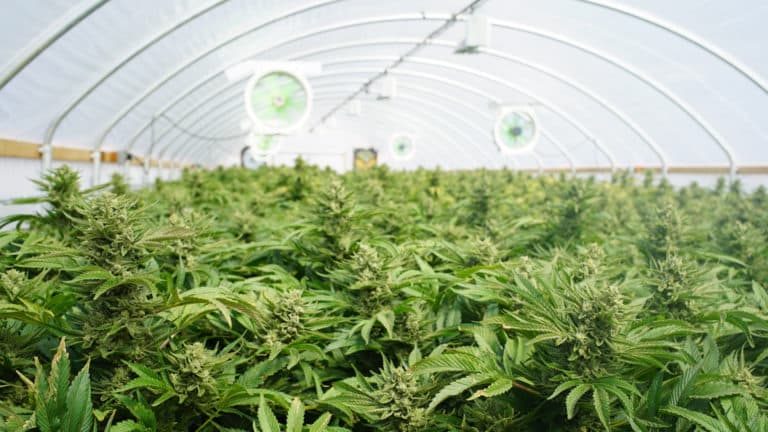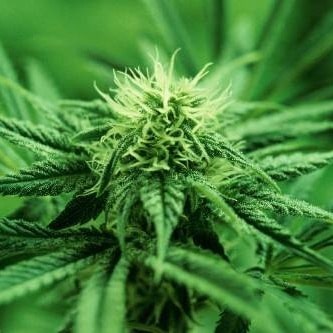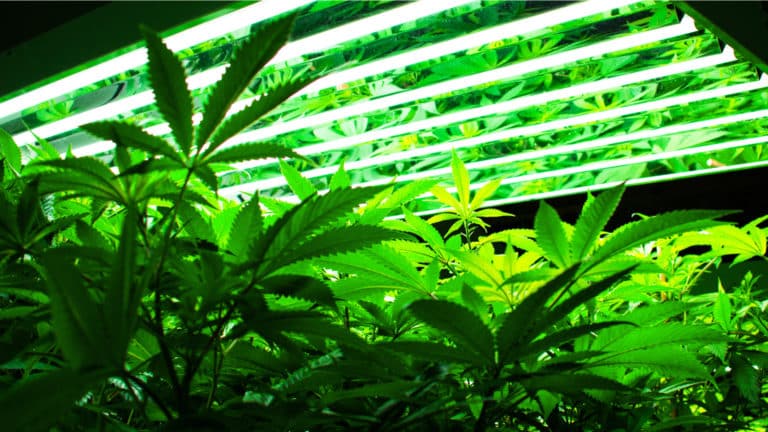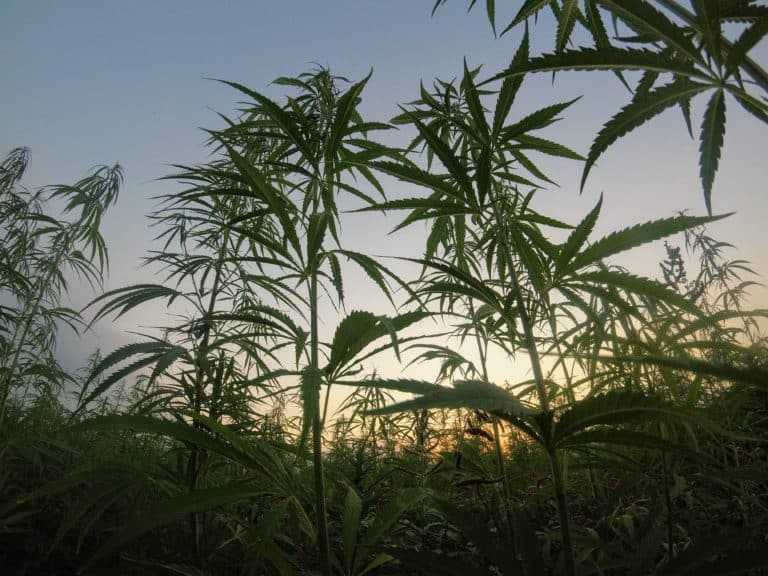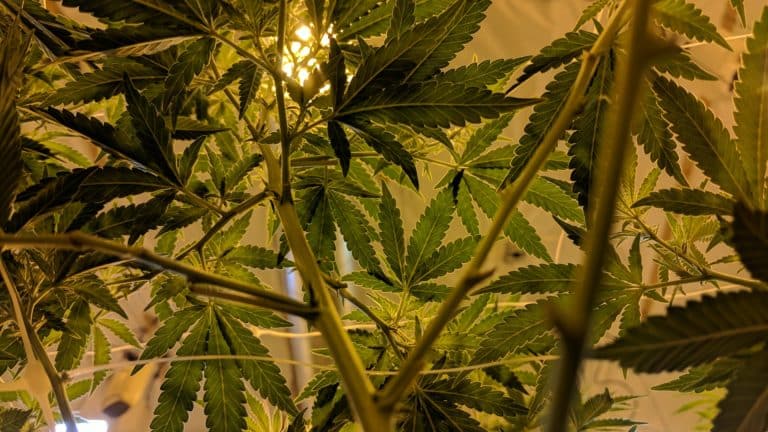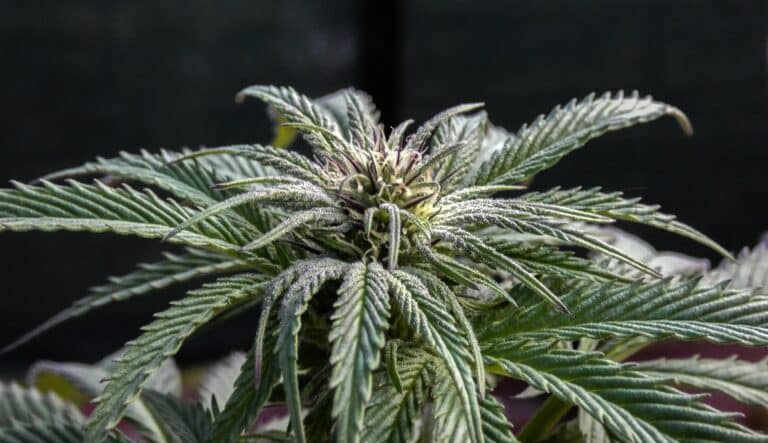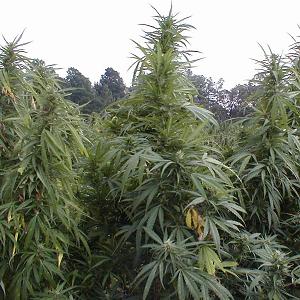 By Rick Pfrommer, Director of Education, Harborside Health Center
By Rick Pfrommer, Director of Education, Harborside Health Center
Last month brought the beginning of Harborside Health Center’s busiest season. Spring planting season actually starts in January when people from all over Northern California descend upon HHC and buy seeds to sprout. Ask anyone-especially an employee of the clones department-about spring, and the word “madness” will most definitely surface. There will often be lines three-deep, as people queue up to get their orders filled. This year we sold more packs of seeds than any other by far! We currently stock over a hundred different strains in seeds, making Harborside the largest seed bank in the country. The seed bank was a pet project of mine that started over five years ago with seeds from the legendary DJ Short (see The Harborside Illuminator, vol. 14). The real rush begins, however, in March, when the first of the light-deprivation (aka, ‘dep’) greenhouse growers arrive to secure genetics (aka, clones). Growers have increasingly turned to dep crops in recent years. This allows for two or more harvests per year, or a single harvest that’s dried and distributed before the helicopters start to fill the fall skies with their incessant buzz-killing whine.
Light deprivation also has some other advantages over traditional-let’s call it, “full sun” sun-grown. Greenhouses (GH) are enclosed, controllable environments. Being able to regulate the temperature and humidity gives a grower much more control over the finished flowers. Daily fluctuations in temperature that create mist or dew can be avoided. Plants in containers can also be rotated, allowing for consistent sunlight exposure, thus producing more uniform buds. All sun-grown cultivators know well the difference between south-facing flowers and their shadier sisters. GH also has the advantage of being lockable, making rip-offs harder, or at least noisier; even going through plastic sheeting creates more of a fuss than just cutting branches. Four-legged rippers are also excluded from the feast of fresh, tasty cannabis branches by enclosed spaces. Insects, unfortunately, are still a challenge, although a slightly reduced one.
Another sometimes overlooked advantage to this method of growing is light intensity. During a traditional sun-grown season, cannabis begins flowering after solstice in June. Flowering occurs all through the fall as the light is decreasing daily. The angle of the sun also moves from directly overhead. Light dep changes all this. By inducing flowering much earlier, buds get the benefit of a sun that is directly overhead. The amount of lumens and the angle both help to ensure more complete light coverage of the plants. Both of these factors contribute to more consistent flowers across the entire plant. It’s quite possible that this also helps to boost THC/CBD levels.
Many jurisdictions across California are outright banning outdoor cultivation. Others are requiring greenhouses or fenced enclosures. GHs are great for keeping out prying eyes of all sorts. The telltale aroma of fresh cannabis in full flower is also reduced. Children-yours or the neighbors’-are kept out. The technology is also advancing rapidly, with several companies developing models with automated covering systems, making this style of growing easier than ever before.
Last fall Harborside introduced top-shelf sun-grown. Many of these incredible flowers were grown in a greenhouse. Very little of this was light-dep since we created this line after most dep was gone. This summer will see the arrival of a wide variety of this wondrous cannabis to HHC’s shelves. Strains such as OG Kush and Lemon Skunk are all being grown just for our patients by a diverse group of dedicated contract growers. Thousands of others will fill Harborside over the next few months, all clamoring to get their own clones and seeds. This ensures that there’ll be a robust selection of sun-grown strains, come summer and fall. Our purchasing department will select only the finest examples of the cultivator’s art to present to our patients.
Initial feedback to our sun-grown has been heartening. We can present, proselytize and preach from atop the tallest cannabis plant in the land about the benefits of naturally cultivated medicine, but if you don’t support the change, it’s all moot. March, being the beginning of spring, is about re-birth and renewal. It’s a time of transition, as planting season begins and plans are made for the upcoming year. It’s also a good time to embrace change, for adapting to change is another lesson we can learn from cannabis. Grown outdoors for countless millennia only to be forced inside by relentless oppression, cannabis is now emerging from the shadows again to reclaim its rightful place in the sun. We should all follow the leader.
Source: Harborside Health Center




